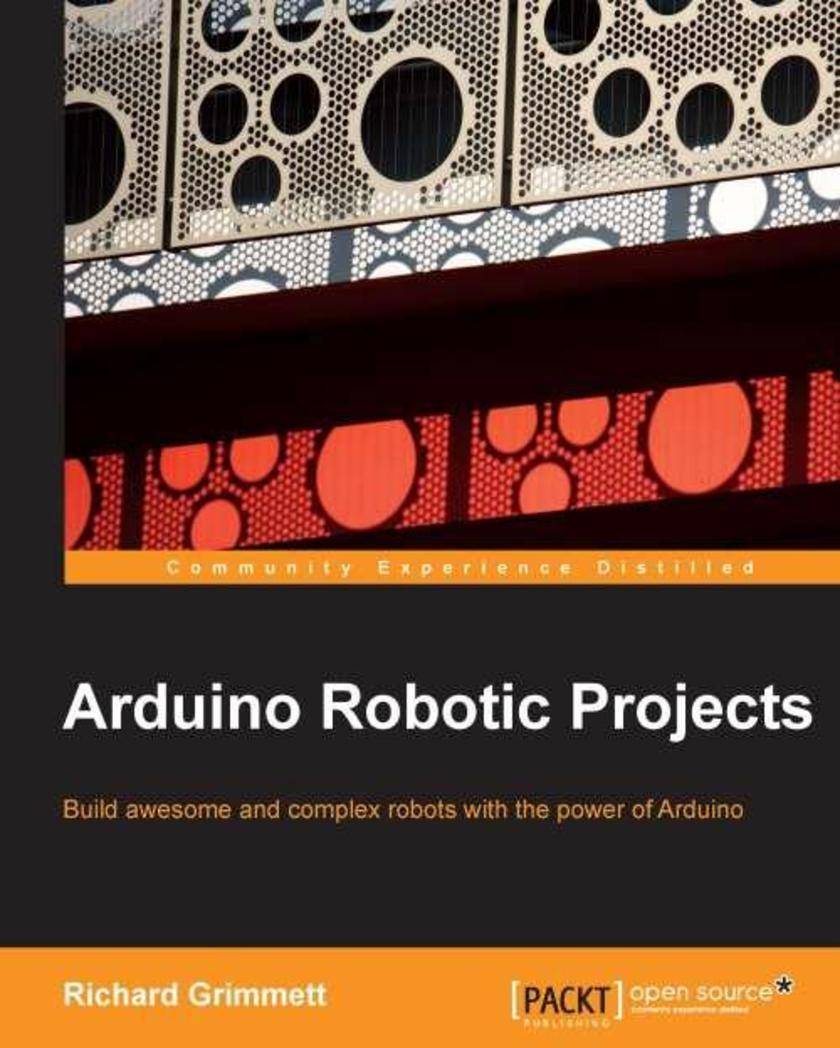
Arduino Robotics Projects
¥80.65
This book is for anyone who has been curious about using Arduino to create robotic projects that were previously the domain of research labs of major universities or defense departments. Some programming background is useful, but if you know how to use a PC, you can, with the aid of the step-by-step instructions in this book, construct complex robotic projects that can roll, walk, swim, or fly.
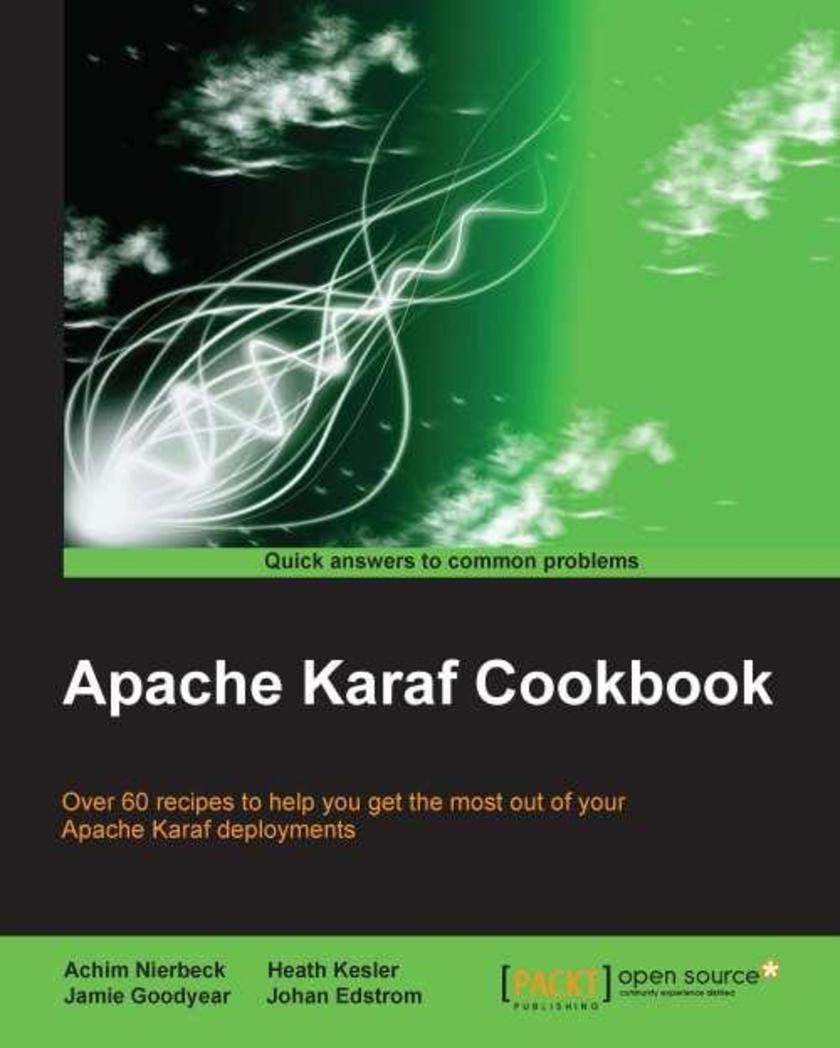
Apache Karaf Cookbook
¥65.39
This book is intended for developers who have some familiarity with Apache Karaf and who want a quick reference for practical, proven tips on how to perform common tasks such as configuring Pax modules deployed in Apache Karaf, Extending HttpService with Apache Karaf. You should have working knowledge of Apache karaf, as the book provides a deeper understanding of the capabilities of Apache Karaf.
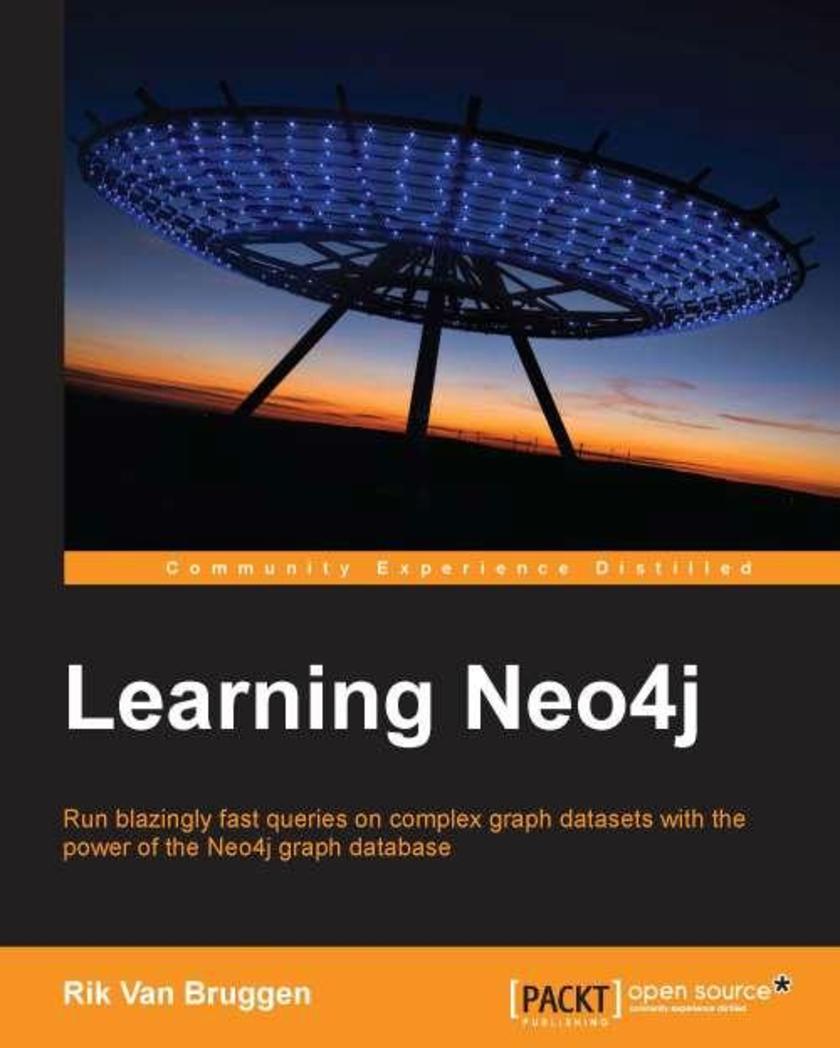
Learning Neo4j
¥90.46
This book is for developers who want an alternative way to store and process data within their applications. No previous graph database experience is required; however, some basic database knowledge will help you understand the concepts more easily.
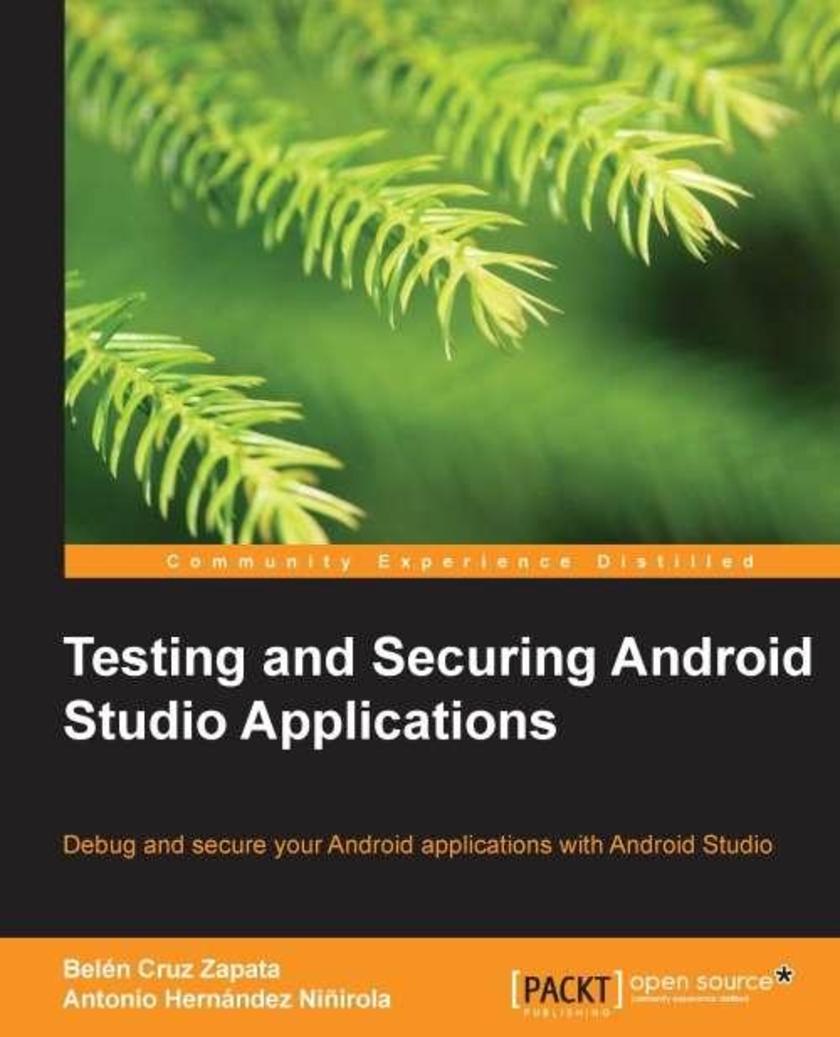
Testing and Securing Android Studio Applications
¥63.21
If you are a developer with some Android knowledge, but you do not know how to test your applications using Android Studio, this book will guide you. It is recommended that you are familiar with Android Studio IDE.
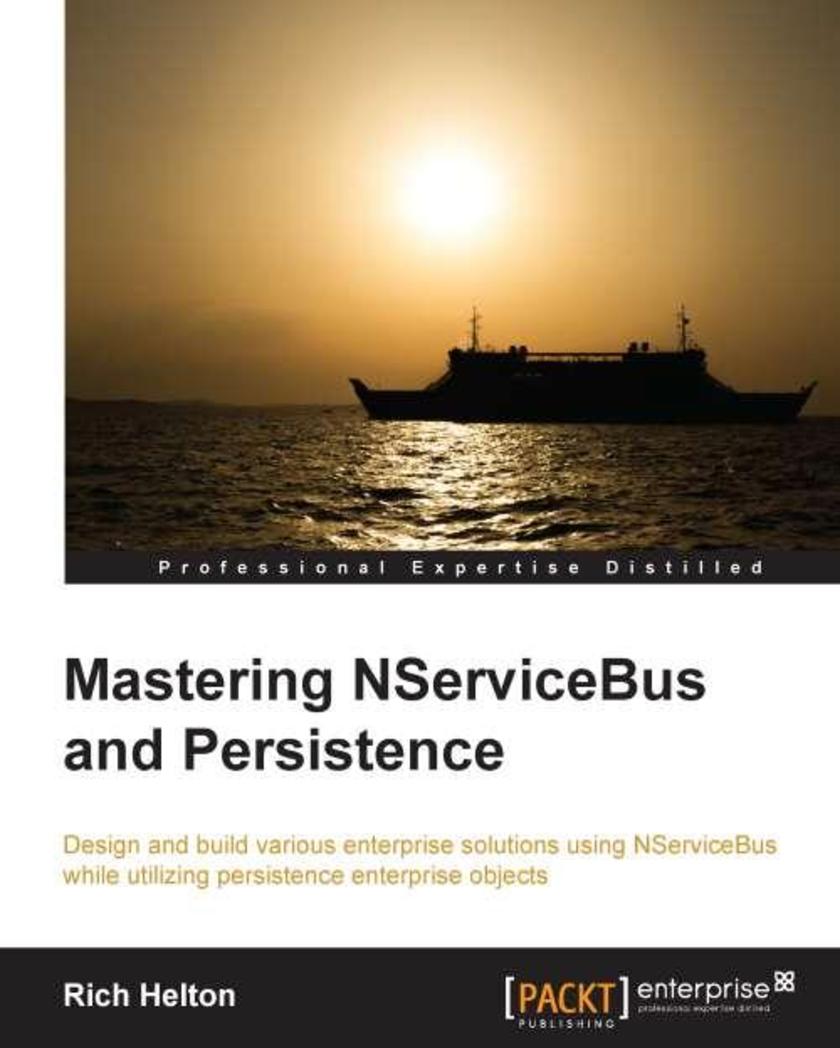
Mastering NServiceBus and Persistence
¥61.03
This book is intended for developers, designers, and architects alike who wish to build C# NServiceBus enterprise architectures and learn how ESB persists data and messages to help them attain their goals. No prior knowledge of persistence in NServiceBus is required.
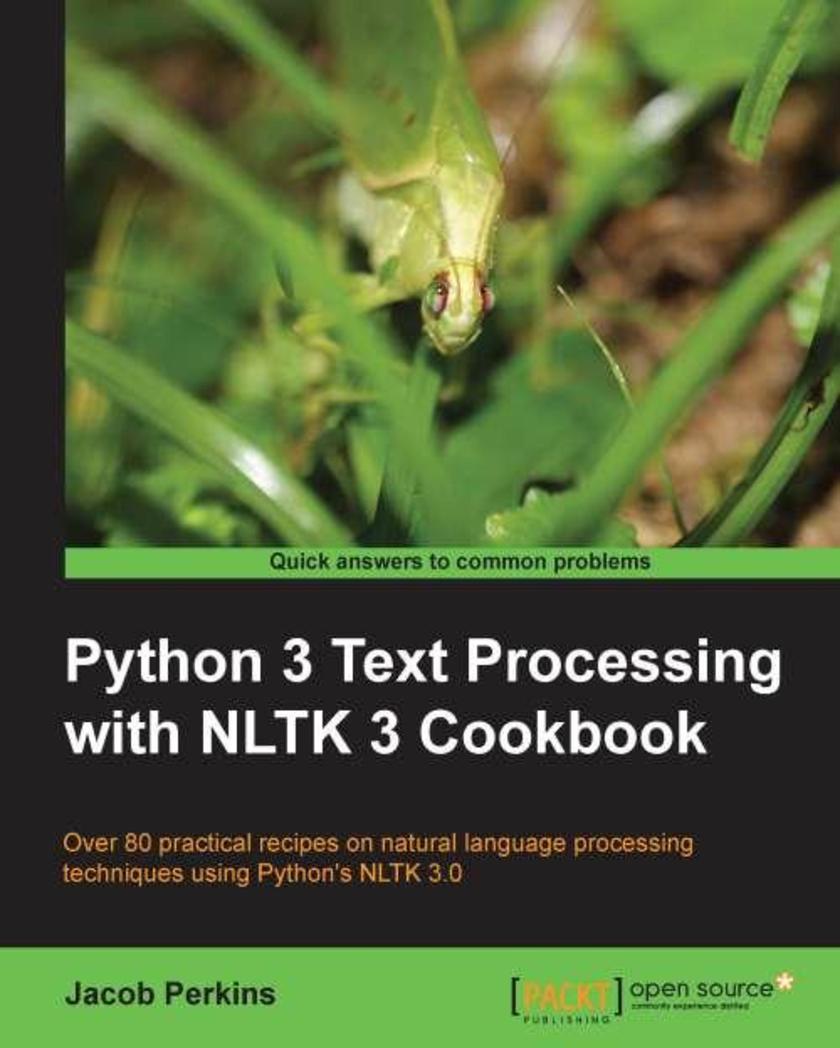
Python Text Processing with NLTK 2.0 Cookbook Update
¥80.65
This book is intended for Python programmers interested in learning how to do natural language processing. Maybe you’ve learned the limits of regular expressions the hard way, or you’ve realized that human language cannot be deterministically parsed like a computer language. Perhaps you have more text than you know what to do with, and need automated ways to analyze and structure that text. This Cookbook will show you how to train and use statistical language models to process text in ways that are practically impossible with standard programming tools. A basic knowledge of Python and the basic text processing concepts is expected. Some experience with regular expressions will also be helpful.
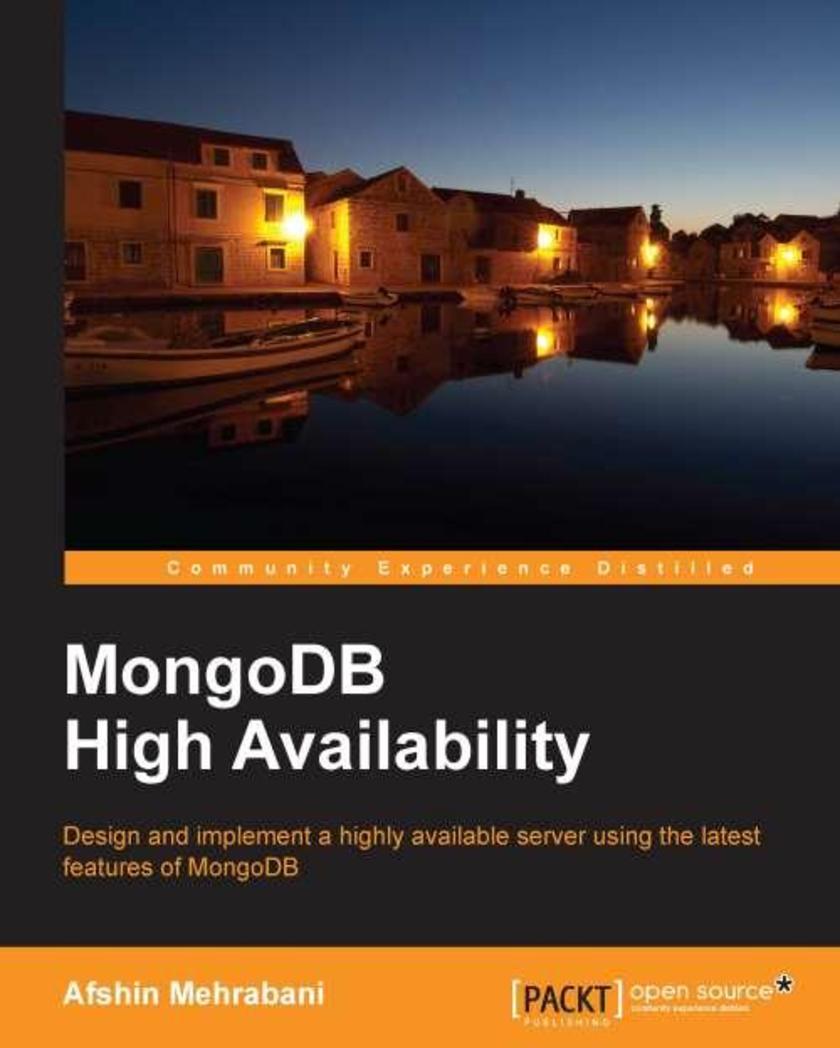
MongoDB High Availability
¥59.94
This book has a perfect balance of concepts and their practical implementation along with solutions to make a highly available MongoDB server with clear instructions and guidance. If you are using MongoDB in a production environment and need a solution to make a highly available MongoDB server, this book is ideal for you. Familiarity with MongoDB is expected so that you understand the content of this book.

Kali Linux CTF Blueprints
¥65.39
Taking a highly practical approach and a playful tone, Kali Linux CTF Blueprints provides step-by-step guides to setting up vulnerabilities, in-depth guidance to exploiting them, and a variety of advice and ideas to build and customize your own challenges. If you are a penetration testing team leader or individual who wishes to challenge yourself or your friends in the creation of penetration testing assault courses, this is the book for you. The book assumes a basic level of penetration skills and familiarity with the Kali Linux operating system.
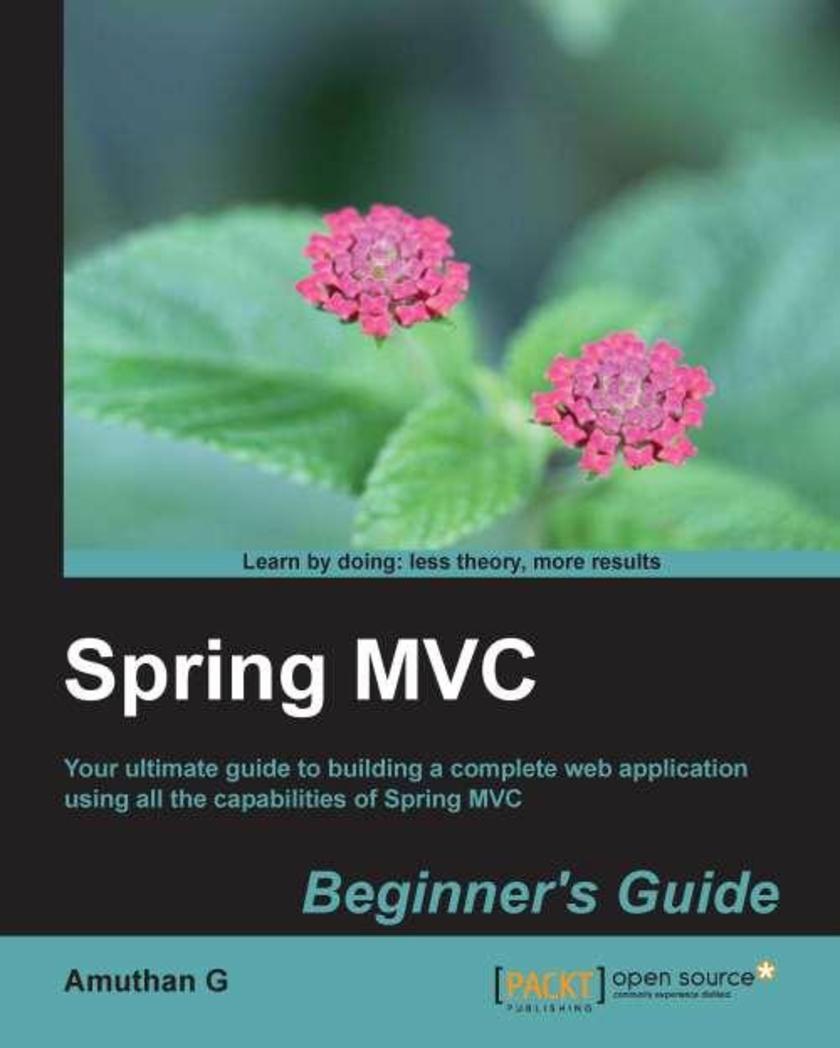
Spring MVC Beginner's Guide
¥80.65
A step-by-step pragmatic approach to web application development using Spring MVC, with relevant screenshots and concise explanations. This book is aimed at helping Java developers who want to teach themselves Spring MVC, even if they have no previous experience with Spring MVC. It would be helpful to have a bit of familiarity with basic servlet programming concepts, but no prior experience is required.
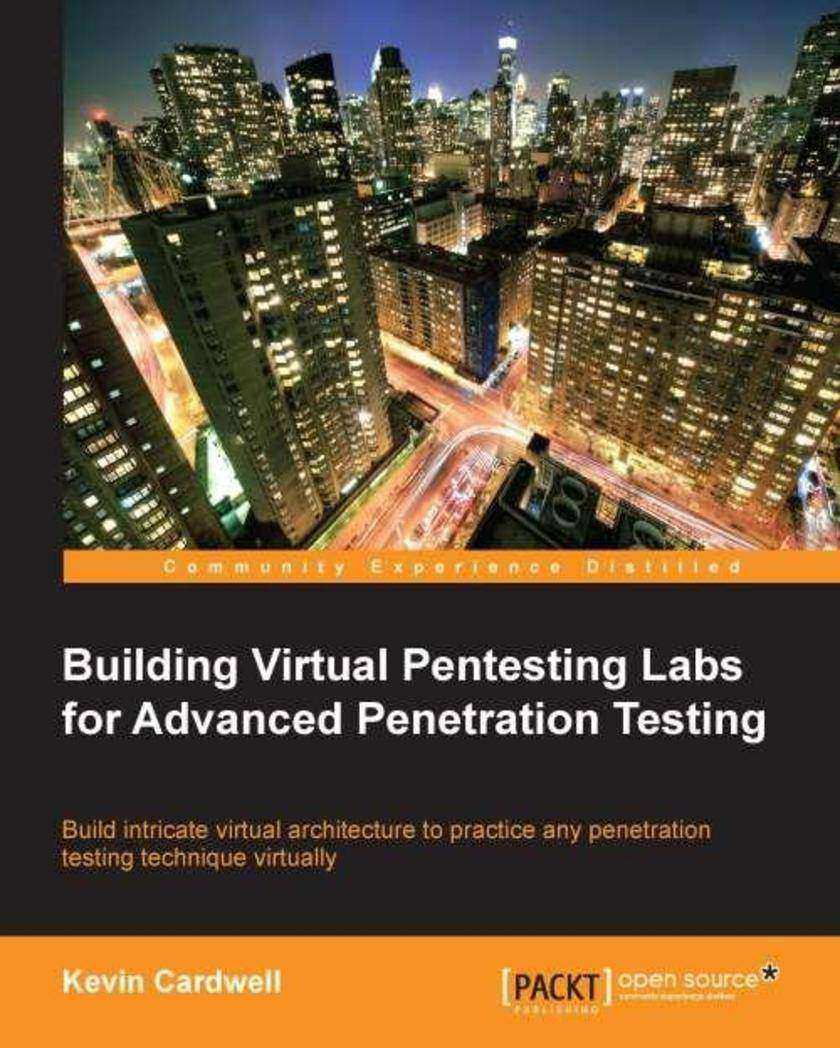
Building Virtual Pentesting Labs for Advanced Penetration Testing
¥107.90
Written in an easy-to-follow approach using hands-on examples, this book helps you create virtual environments for advanced penetration testing, enabling you to build a multi-layered architecture to include firewalls, IDS/IPS, web application firewalls, and endpoint protection, which is essential in the penetration testing world.If you are a penetration tester, security consultant, security test engineer, or analyst who wants to practice and perfect penetration testing skills by building virtual pentesting labs in varying industry scenarios, this is the book for you. This book is ideal if you want to build and enhance your existing pentesting methods and skills. Basic knowledge of network security features is expected along with web application testing experience.
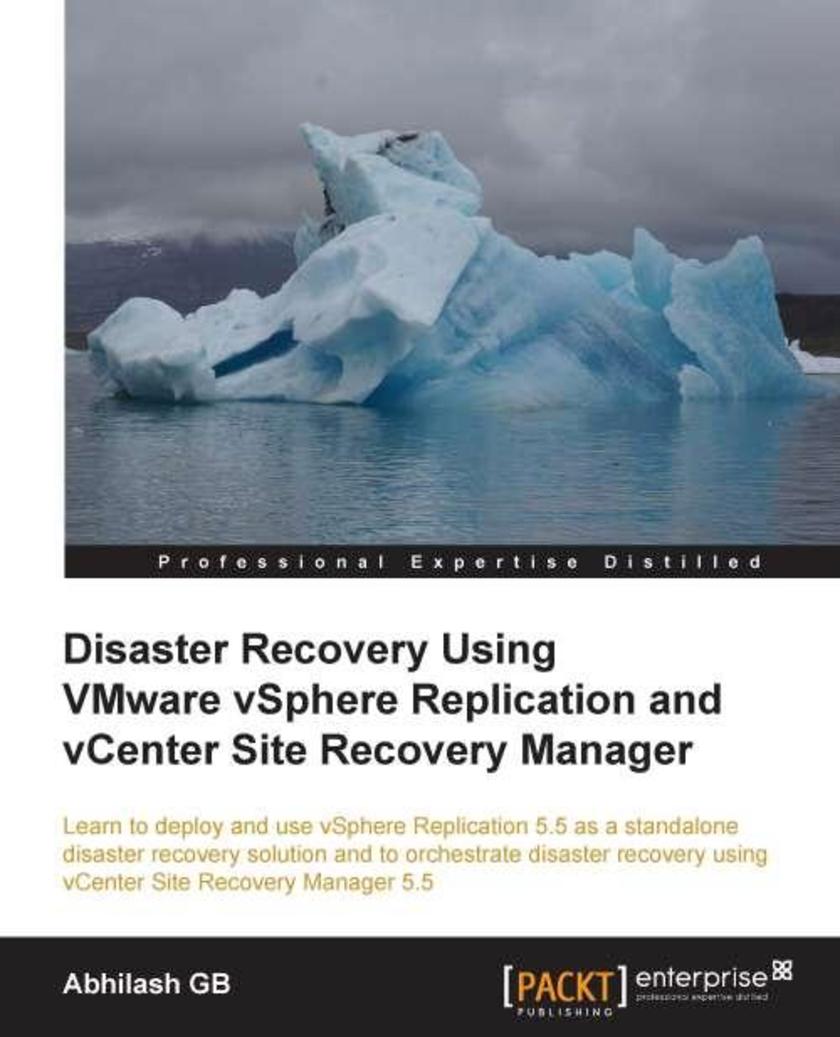
Disaster Recovery using VMware vSphere Replication and vCenter Site Recovery Man
¥54.49
This is a stepbystep guide that will help you understand disaster recovery using VMware vSphere Replication 5.5 and VMware vCenter Site Recovery Manager (SRM) 5.5. The topics and configuration procedures are accompanied with relevant screenshots, flowcharts, and logical diagrams that makes grasping the concepts easier. This book is a guide for anyone who is keen on using vSphere Replication or vCenter Site Recovery Manager as a disaster recovery solution. This is an excellent handbook for solution architects, administrators, on-field engineers, and support professionals. Although the book assumes that the reader has some basic knowledge of data center virtualization using VMware vSphere, it can still be a very good reference for anyone who is new to virtualization.
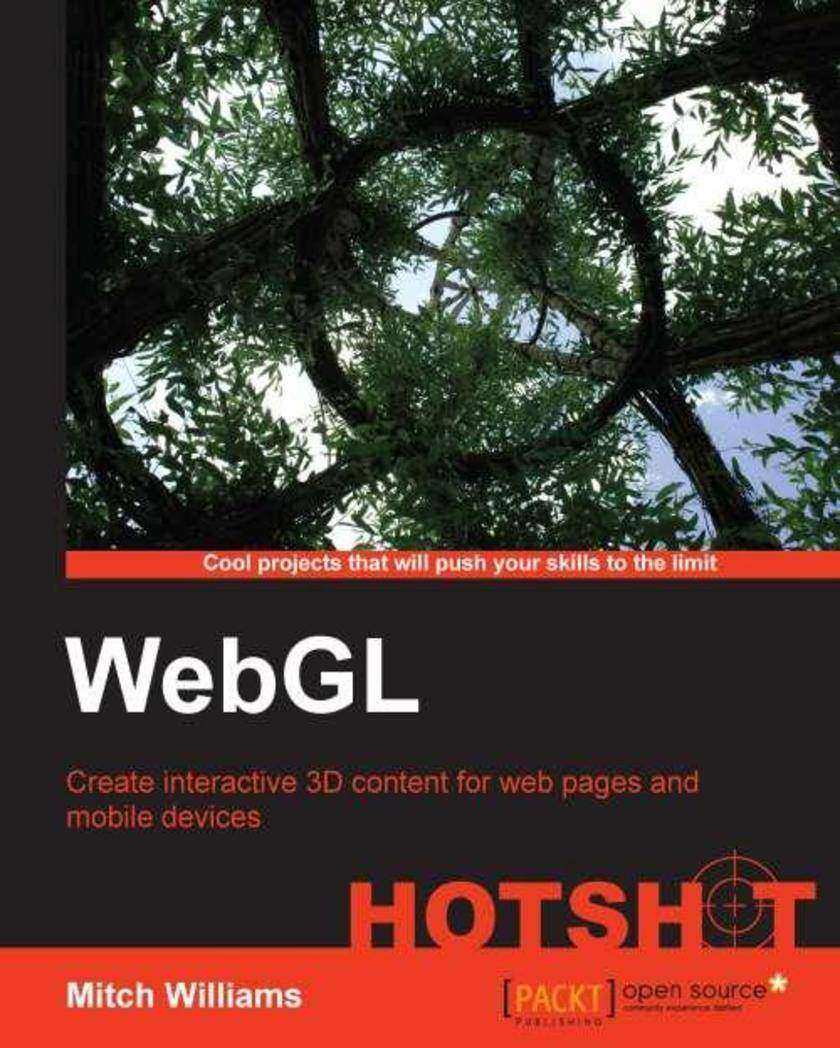
WebGL Hotshot
¥90.46
Every chapter starts with a 'mission briefing' section that describes what is to be achieved by the end of the chapter. This is followed with the decisions and steps required to accomplish the mission objective with challenges to take the project further. The scope for the book thus mimics the reallife requirements of a developer and gets you ready to successfully build your own project. If you are a web designer looking to expand your knowledge of 3D graphics concepts and broaden your existing skill set, then this book is for you. Those looking for an introduction to 3D graphics will benefit from WebGL Hotshot as it is a perfect guide to master 3D concepts, helping you build and deploy 3D worlds much quicker. The book assumes a basic knowledge of HTML, though it can be learned concurrently while reading this book. Basic programming knowledge is useful; however, the graphical nature of web 3D content allows you to learn programming through experimentation.
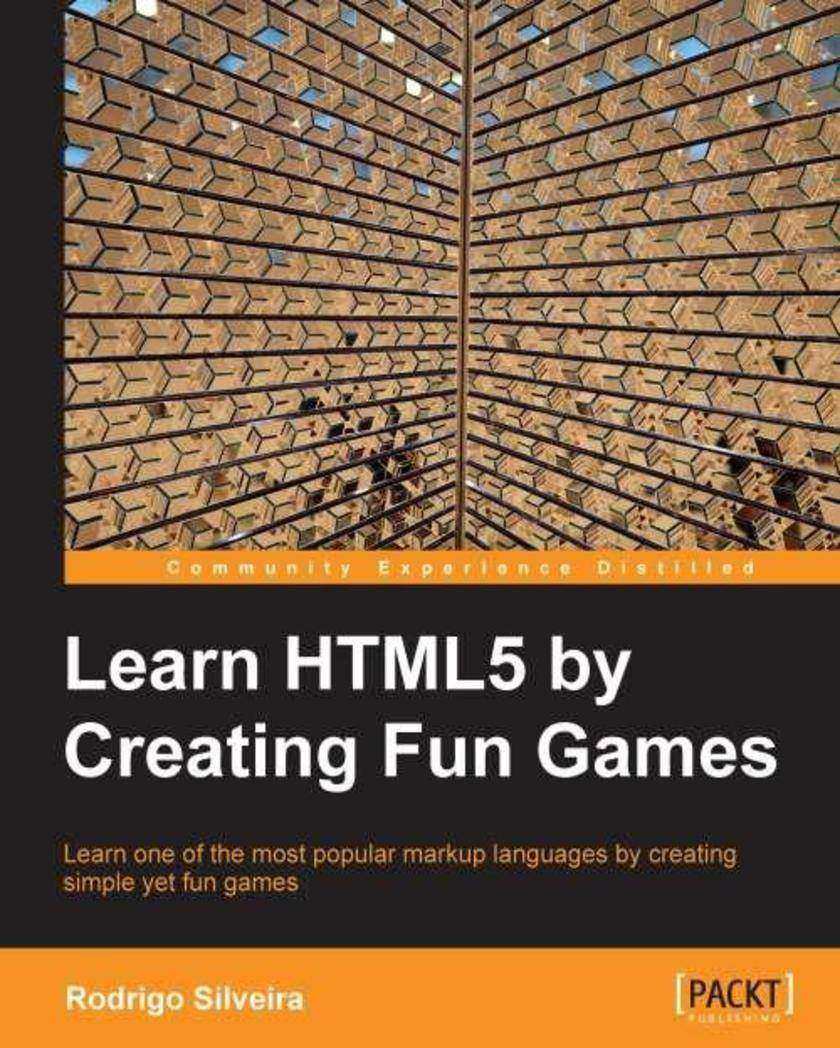
Learn HTML5 by Creating Fun Games
¥90.46
By teaching HTML5 by developing exciting games, the reader will see concrete applications for each of the concepts, and will also have a powerful deliverable at the end of each chapter – a fully functional game. We learn the various concepts using very abstract examples – how to model animals, foods, or fictitious machines. This makes learning and understanding a lot easier, and much more enjoyable.If you are are looking to get a good grounding in how to use the new awesome technology that is HTML5, this book is for you. Basic knowledge of HTML and/or HTML5 is welcome, but optional. The book is a friendly and exciting reference for beginners.
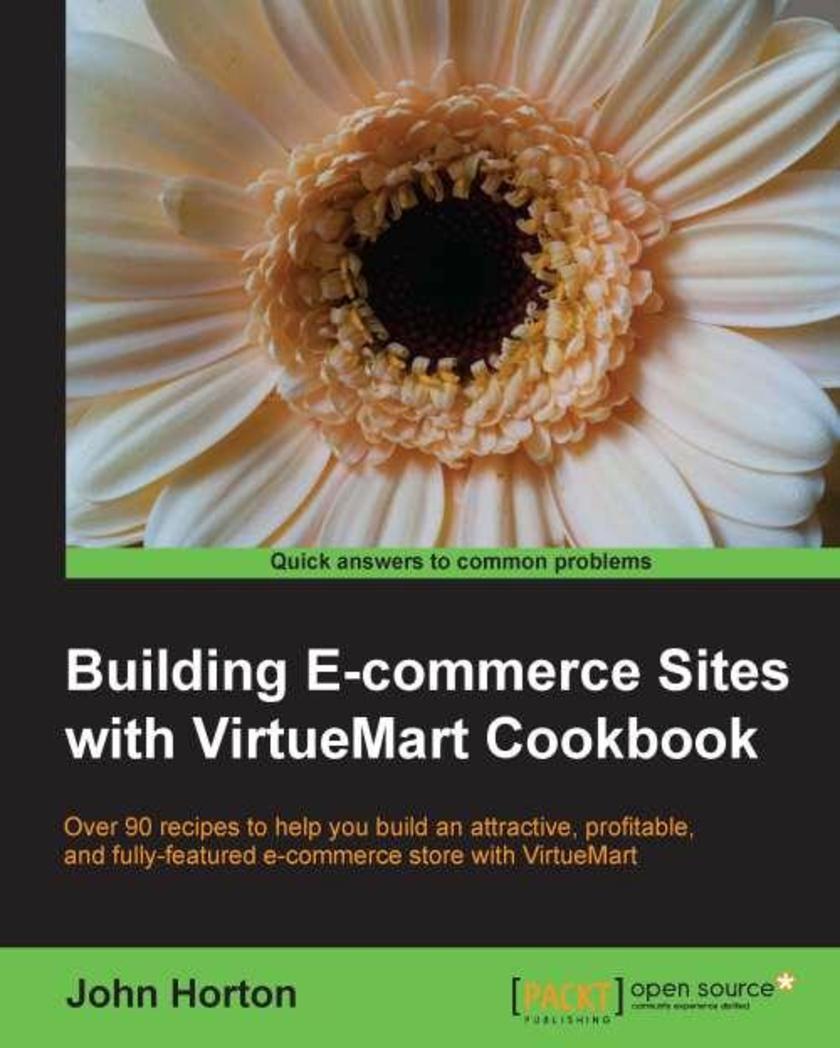
Building E-commerce Sites with VirtueMart Cookbook
¥90.46
Written in a friendly, recipe-based style, this practical cookbook will show you how to create, maintain and customize attractive eCommerce solutions with ease.This book is written for anyone who is interested in building eCommerce solutions with VirtueMart. If you have little to no experience with eCommerce this book will show you how to overcome any problem no matter how complex it appears. Experienced site builders and administrators will also find the solutions this cookbook offers useful. Basic HTML and CSS would be beneficial.
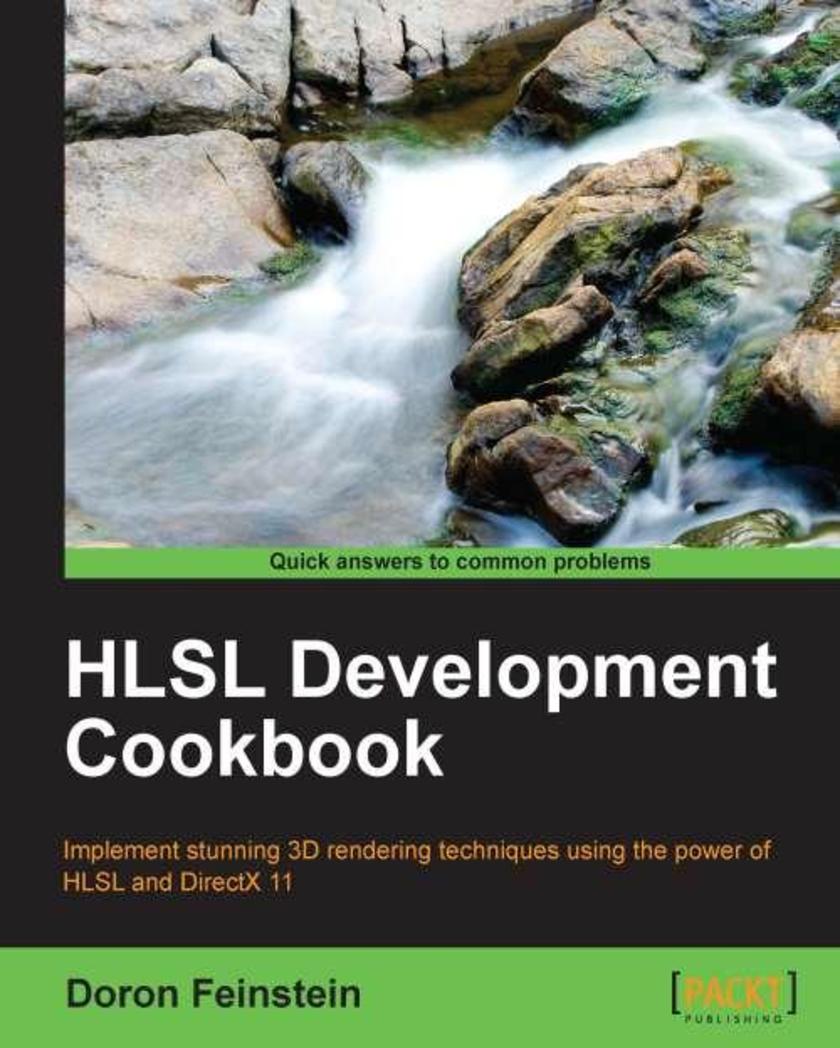
HLSL Development Cookbook
¥90.46
Written in an engaging yet practical manner, HLSL Development Cookbook allows you to pick the recipes you need as and when they are required.If you have some basic Direct3D knowledge and want to give your work some additional visual impact by utilizing advanced rendering techniques, then this book is for you. It is also ideal for those seeking to make the transition from DirectX 9 to DirectX 11, and those who want to implement powerful shaders with the High Level Shader Language (HLSL).
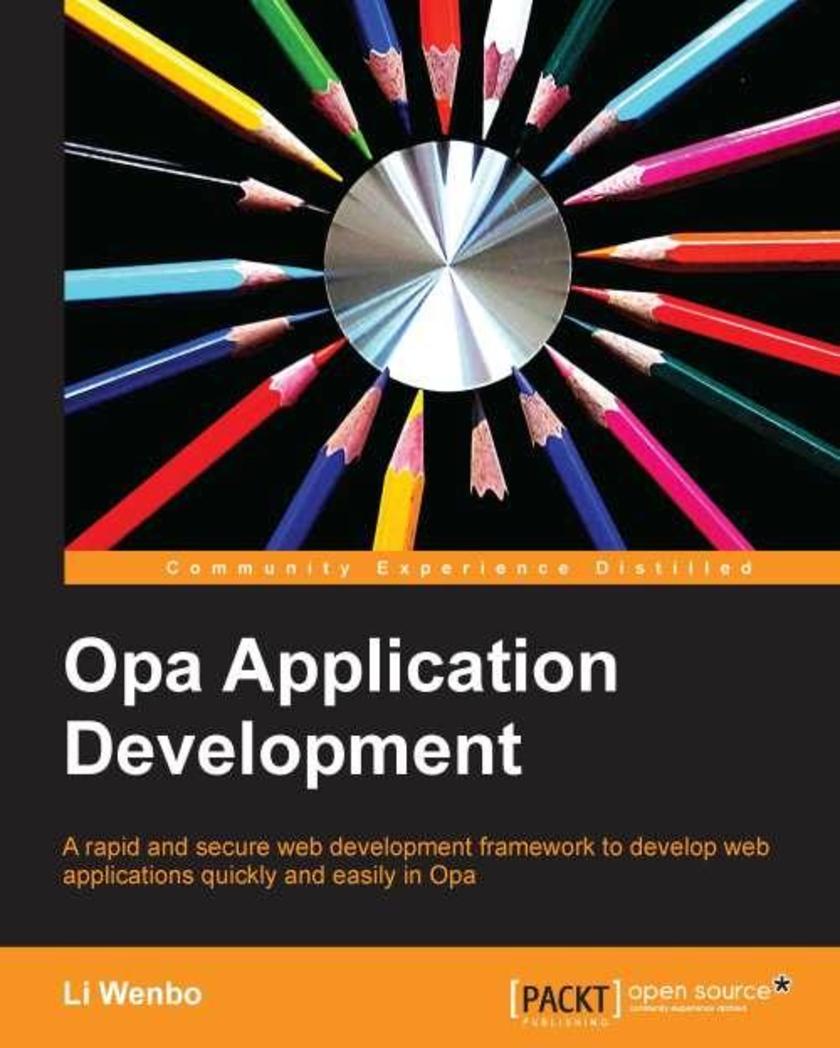
Opa Application Development
¥54.49
It is a tutorial guide to learning how to use Opa with JavaScript, Nodejs, and MongoDB to develop web applications easily and effectively.If you are a web developer who wants to get started with the Opa framework and build web applications with itThen this book is for you. Web development experience is assumed and would be helpful.
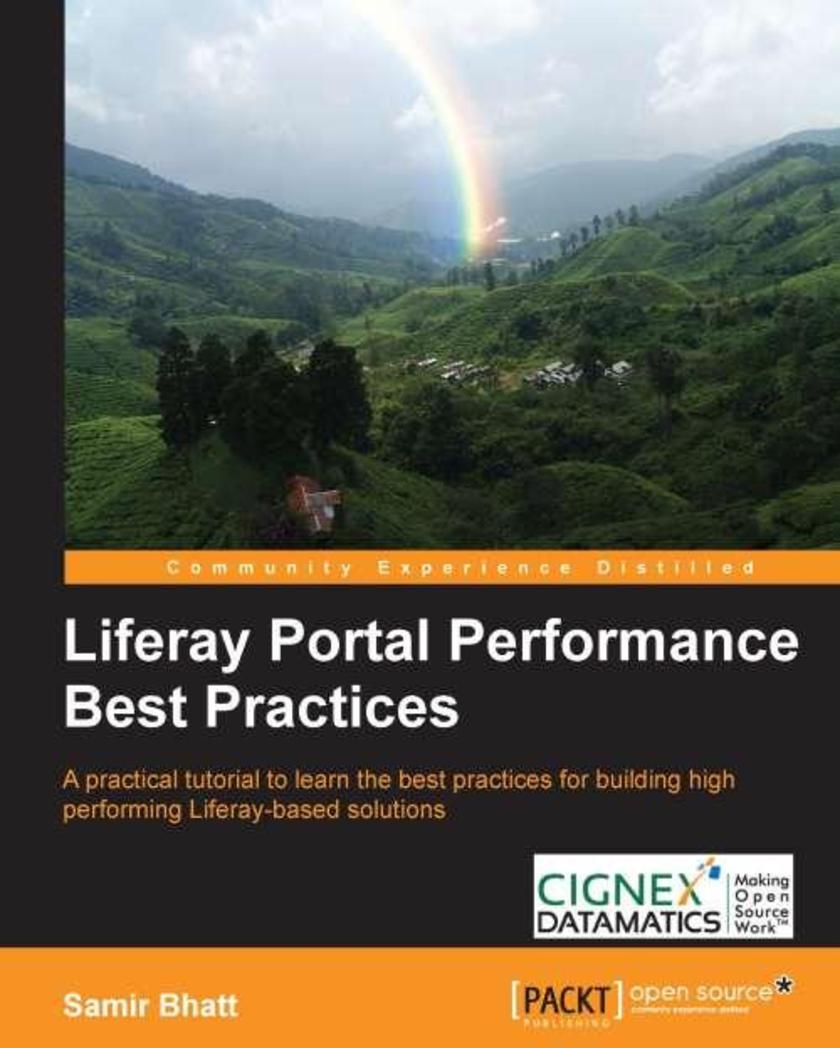
Liferay Portal Performance Best Practices
¥63.21
A step-by-step tutorial on implementing Liferay- based portals to learn performance best practices.The book is good for Liferay portal developers and architects who want to learn performance best practices for implementing Liferay- based solutions. It is assumed that you have a working knowledge of the Liferay portal.
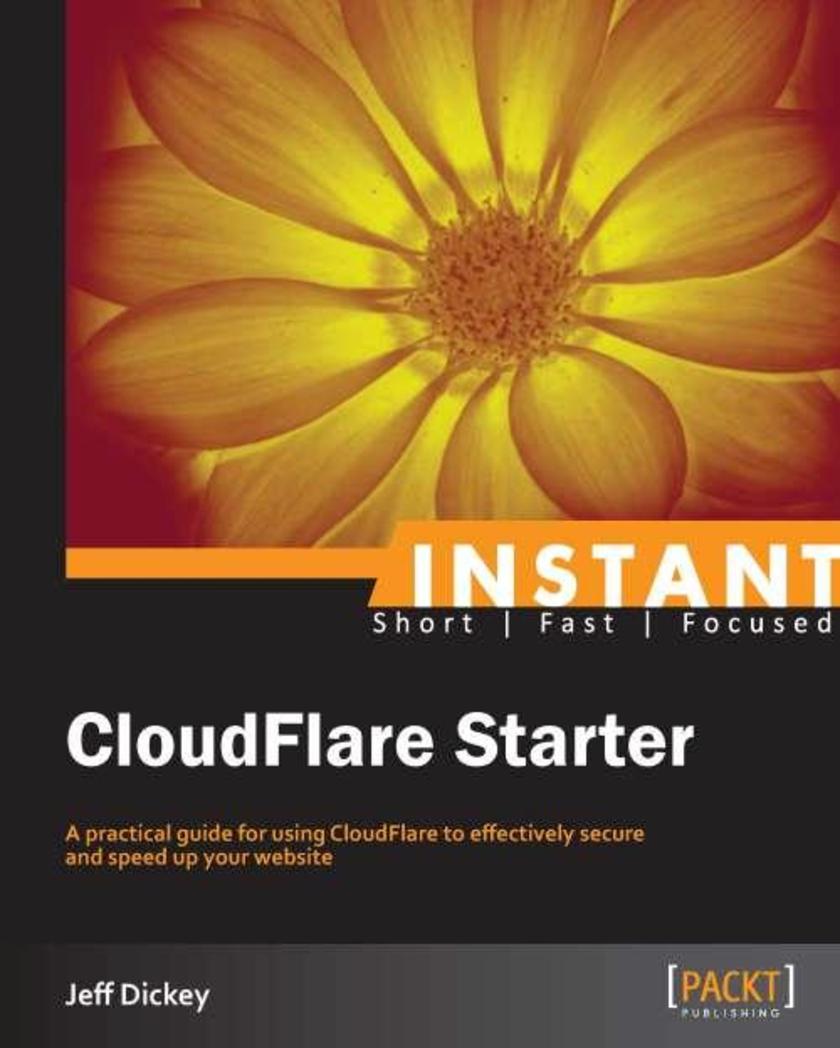
Instant CloudFlare Starter
¥45.77
Get to grips with a new technology, understand what it is and what it can do for you, and then get to work with the most important features and tasks. Written as a practical guide, CloudFlare Starter will show you all you need to know in order to effectively improve your online presence in a multitude of different ways. "Instant CloudFlare Starter" is a practical yet accessible guide for website owners looking to optimize their site for optimum security and maximum performance.
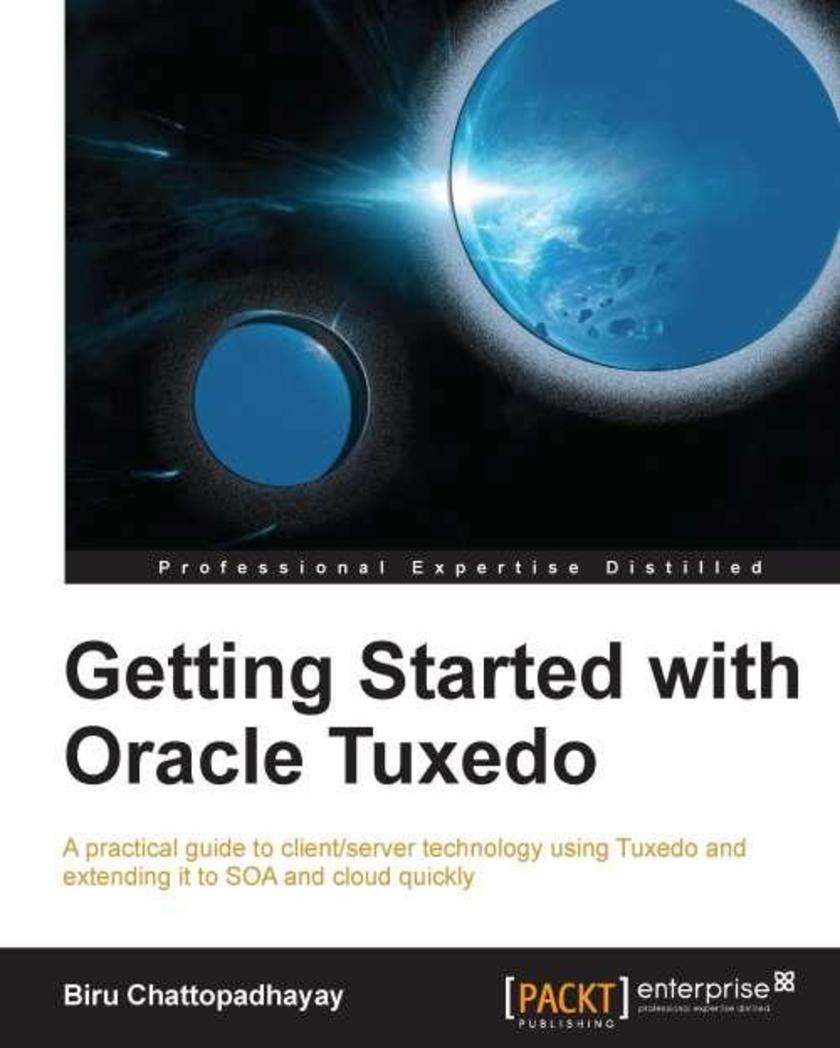
Getting Started with Oracle Tuxedo
¥63.21
This book is packed with real world examples that cover the design and discipline of the software and service of CRMOD. If you are an architect, designer, developer or administrator looking for a quick reference guide on how to build a Tuxedo application, then this is the best guide for you. This book also helps business users to understand this technology, various features, and functionalities and relate business benefits. No prior knowledge of Tuxedo is required.
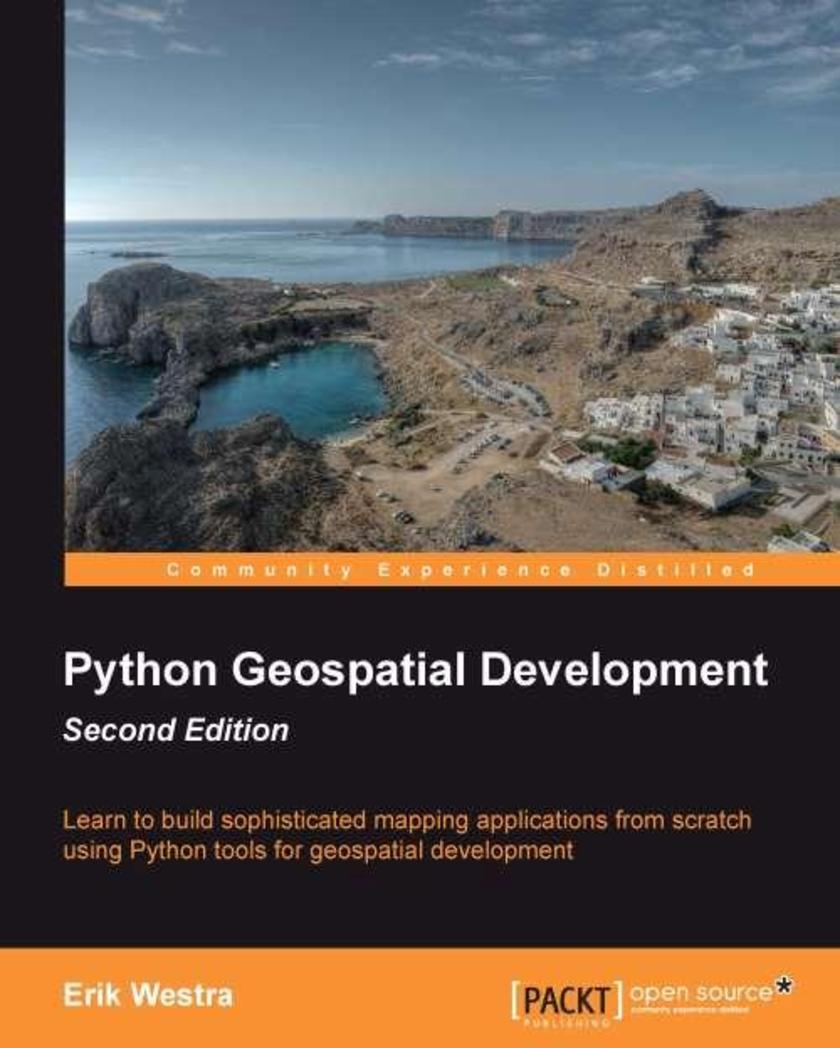
Python Geospatial Development, Second Edition
¥90.46
This is a tutorial style book that will teach usage of Python tools for GIS using simple practical examples and then show you how to build a complete mapping application from scratch. The book assumes basic knowledge of Python. No knowledge of Open Source GIS is required.Experienced Python developers who want to learn about geospatial concepts, work with geospatial data, solve spatial problems, and build map-based applications.This book will be useful those who want to get up to speed with Open Source GIS in order to build GIS applications or integrate Geo-Spatial features into their existing applications.

Building your First Mobile Game using XNA 4.0
¥71.93
This book is a step-by-step tutorial with a lot of screenshots that help to explain the concept better. This book will cover the building of a 3D game for Windows Phone using XNA. We won’t explain the C# programming language itself, nor object-oriented programming.We will however explain the aspects of game development thoroughly, so don’t worry if you have never written a 3D game. We will cover all the basics, included the much dreaded math. This is the right book for anyone, regardless of age and gender, if: You are interested in game development You want to start building games for Windows Phone You have some programming knowledge. In this book, we will first go over the technical topics, and end up building a 3D game for Windows Phone 7 together!




 购物车
购物车 个人中心
个人中心



